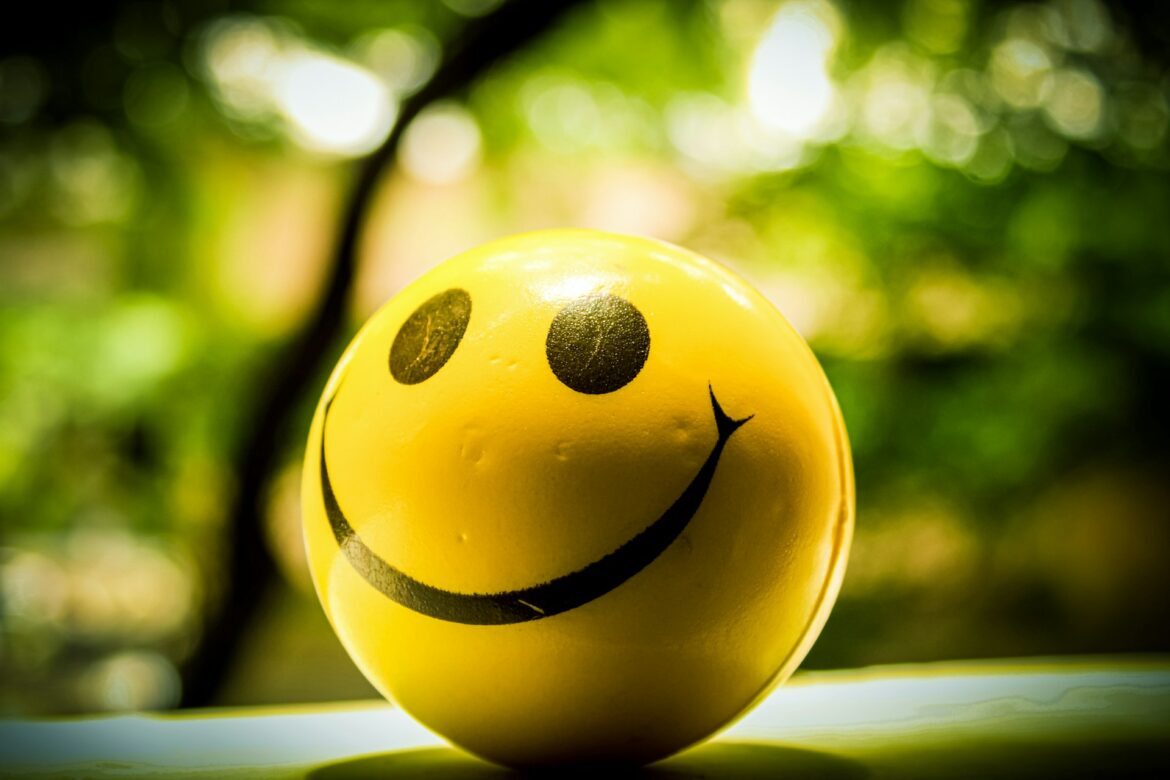In the digital age, emojis have transcended their humble beginnings as simple pictographs to become a cornerstone of modern communication. From quick texts to social media posts, these tiny symbols help us express feelings that words alone often struggle to convey. Their widespread adoption reflects more than just a trend; it offers a fascinating glimpse into how human connection evolves in a fast-paced, technology-driven world. As we increasingly rely on digital interactions, understanding the rise of emoji culture can reveal much about our collective mindset and communication preferences.
How Emojis Became a Universal Language of Expression
Emojis first appeared in Japan in the late 1990s, but it wasn’t until the advent of smartphones and messaging apps that they truly exploded in popularity worldwide. Their design—a set of simple, colorful images—made them accessible and easy to recognize across different languages and cultures. This visual language broke down linguistic barriers, allowing people from diverse backgrounds to share emotions, humor, or even complex ideas with a single icon. Over time, emojis have evolved into a universal language that complements or even replaces words, especially in informal communication.
The beauty of emojis lies in their ability to convey nuance and tone that words often miss. A smiley face can turn a blunt message into one that feels friendly and approachable, while a frowning face indicates disappointment or concern. This emotional shorthand has made digital conversations warmer and more authentic, mimicking face-to-face interactions where tone and expression are key. As a result, emojis have become an indispensable part of our online vocabulary, helping us navigate the often ambiguous realm of virtual socialization.
Moreover, emoji sets continue to expand, reflecting societal changes and cultural diversity. Recent additions include icons representing different skin tones, genders, and cultural symbols, making the emoji universe more inclusive. This ongoing development underscores how emojis have become a mirror of our globalized, multicultural society—bridging gaps and fostering understanding one symbol at a time. Their rise signifies a desire for more expressive, immediate, and emotionally intelligent forms of digital communication.
What Our Emoji Choices Reveal About Modern Communication Trends
The emojis we choose to include—or omit—in our messages reveal a lot about our communication styles and priorities today. For instance, the frequent use of humor-related emojis like 😂 or 😜 suggests a preference for casual, lighthearted interactions, even in digital correspondence. Conversely, the use of more serious icons like 💔 or 😔 can signal moments of vulnerability or emotional depth. Our emoji choices act as a form of self-expression, offering insights into our mood, personality, and social context.
Additionally, the rise of emoji-based language highlights a shift toward more visual and immediate forms of communication. In a world where attention spans are shrinking and information overload is common, emojis provide quick, impactful ways to communicate complex feelings or reactions without lengthy explanations. This trend emphasizes efficiency and emotional clarity, often replacing traditional words with pictorial symbols that cut straight to the emotional core of a message. It’s a reflection of our desire for rapid, yet meaningful interactions in an increasingly digital social landscape.
Finally, the way different demographics utilize emojis reveals evolving social norms and cultural values. Younger generations tend to use emojis more liberally, often layering multiple icons to express nuanced sentiments or playful sarcasm. Meanwhile, adults might prefer more restrained or context-specific emoji use, adhering to social etiquettes or professional boundaries. These patterns illustrate how emoji culture is shaping—and being shaped by—generational and cultural differences, ultimately transforming how we communicate, connect, and understand each other in the modern era.
The rise of emoji culture is more than just a digital fad; it’s a reflection of our desire to communicate more authentically and efficiently in a complex world. As these tiny symbols continue to evolve and integrate into our daily interactions, they reveal not only our creative ways of expression but also deeper insights into societal shifts and human connection. Emojis have become a mirror of ourselves—highlighting our emotions, values, and the universal need to be understood, no matter where we are in the world.

